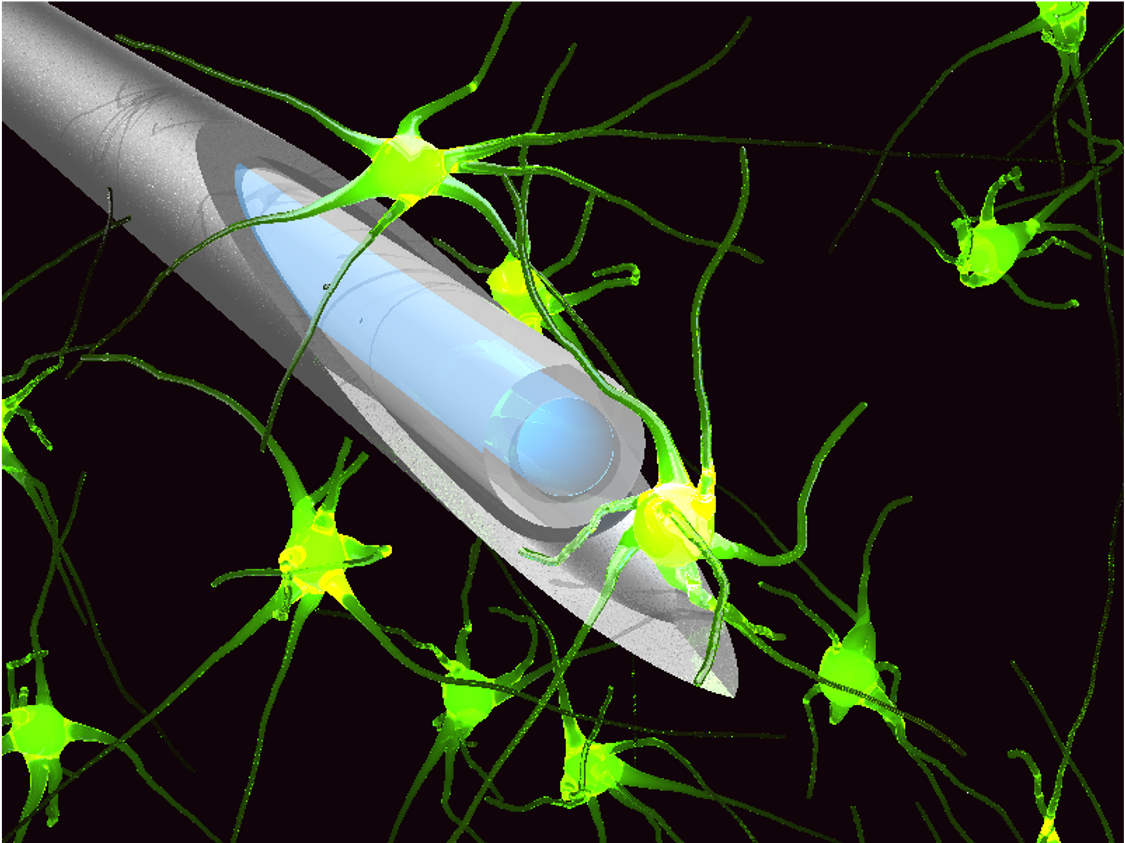- Home
- Research
- Fiber Research and Technology
- Work-Groups
- Holographic Endoscopy
Holographic Endoscopy
Complexity of living matter currently poses the most significant barrier to modern in-vivo microscopy. Imagine an endoscope so small that it is possible to insert it anywhere inside an organism while causing only minimal damage. Cellular resolution could be obtained in any location within the body. This is what we aim to achieve using an endoscope based on multimode optical fibers. This technology can potentially go as far as reaching super-resolution with instruments having a footprint comparable to the dimensions of a single cell. Project LIFEGATE (“Holographic super-resolution micro-endoscopy for in-vivo applications”) is funded as Consolidator Grant by the European Research Council (ERC).
Research topics
We are now pushing the fundamental and technological limits of the enabling principle - holographic control of light propagation in multimode fibers. This ‘gate-through-life’ could enable us to deploy several prominent light-based imaging methods, including super-resolution approaches, inside freely moving animal models and ultimately humans.
- Biomedical imaging with hair-thin endoscopic fibre probes
- Investigation of light propagation in optical fibers
- Optical manipulation of minuscule particles
Areas of application

We focus on allowing imaging methods in flexible geometries, harnessing the predictability of multimode waveguides and optimized performance in deep tissue imaging. Furthermore, we develop new trapping systems to demonstrate real-time trapping of 3D arrangements of micro-objects and manipulation inside complex environments.
- In-vivo imaging application
- Enhancements of deep tissue imaging
- 3D trapping in complex environments



